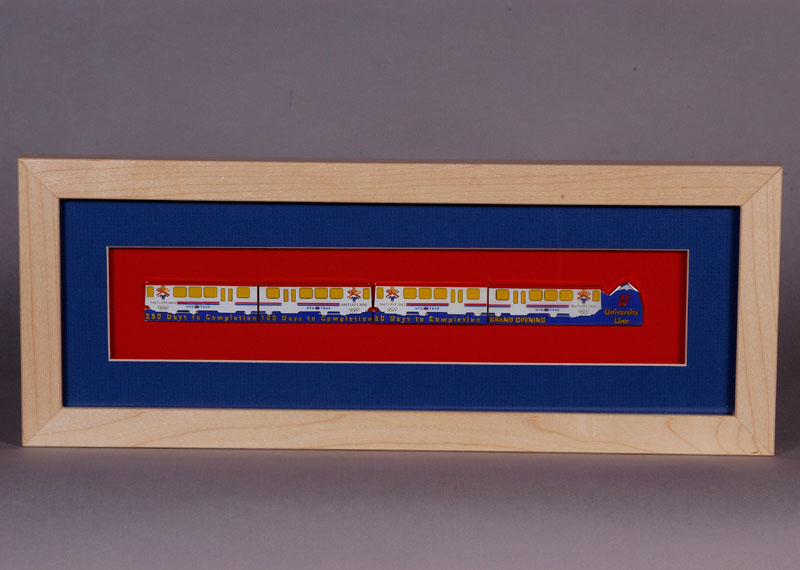
She observed that most people rode for about four stops, and felt that we spent more time waiting for buses than actually riding them. Saige also noted that the app quickly drained her phone’s battery. We managed to make all of our buses, but we wondered how anyone without cellphone access could even begin navigating local bus routes. However, the real-time updates caused the bus schedules to constantly shift, which we found to be more confusing than helpful.
UTA TRAX GRAND OPENING PHOTOS 2002 HOW TO
We liked how it allowed us to simply search our destination and then provided us with step-by-step instructions on how to get there. Our first observations were about the Transit app, which provides real-time public transportation data and which UTA’s website directs Utah riders to use. The first leg of our trip was to West Valley via bus. (Rachel Rydalch | The Salt Lake Tribune) Edwin Andel, a frequent public transit user, rides a bus in West Valley City on Tuesday, Feb. We traveled on a Tuesday in February, to take advantage of the Utah Transit Authority’s Free Fare February initiative.Īlong the way, we talked with fellow passengers about why they use public transit, what they like about it and what they might change.

Not a quick bus ride or a hop on, hop off stint with TRAX rather, we decided to travel from Salt Lake City to West Valley City to Provo using only public transportation. To write more effectively about transportation, Saige and I felt we should experience it for ourselves. With Utahns averaging 79,645 weekday public transit rides per month last year, it’s little wonder that this is an important topic to so many people.

When I joined the Innovation Lab in February, Saige and I began discussing how to dig more deeply into the transportation beat. The Transit app said it should have arrived several minutes previously, but we still hadn’t seen it.

I stood at a bus stop in Sugar House with Innovation Lab reporter Saige Miller and photographer Rachel Rydalch, looking up and down the street for our bus.


 0 kommentar(er)
0 kommentar(er)
